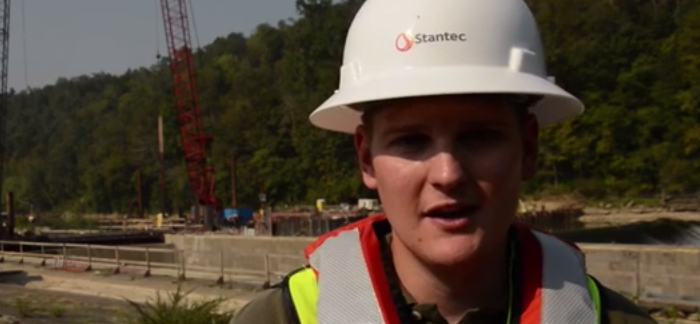It’s almost impossible to imagine what modern life will be like without the ability to dam up rivers and other waterways to not only redirect water but also to build significantly larger reservoirs for drinking water and electricity generation.
Dams are a major foundational part of modern infrastructure, and they always have that a big part of man’s ability to become civilized – even since ancient times. Dams allowed ancient armies to transform the terrain that they were going to fight on but it also allowed ancient city planners to shuttle water into their cities and towns from faraway sources.
At the same time, there are definitely those that aren’t all that excited about the way the dams have an impact on our overall environment. And judging by some of the new information that we have studied in the last 20 or 30 years it’s not difficult to see their viewpoint.
List of Pros of Dams
1. An important part of electricity.
For starters, dams are a key piece of our modern infrastructure and are critical for providing plenty of drinking water in the form of built-up reservoirs as well as helping to generate a significant amount of the world’s electricity.
2. Controlling waterways.
Fantastic for re-diverting waterways that would have otherwise eliminated the ability to build or developed land in a particular area (without destroying the waterway environment in the first place), dams can be very beneficial from a human being standpoint in particular.
List of Cons of Dams
At the same time, there are definitely some risks to implementing dams and building them in different locations and environments.
1. Sediment buildup.
Dams definitely have the potential to trap layers of sediment that wouldn’t have otherwise been deposited at the base of the dam, and these trapped layers of sediment can re-Catholic on the overall ecology of that particular waterway.
2. Unnatural.
Not only that, but by diverting waterways and changing them from their natural path there are a whole host of flora and fauna that are going to be displaced completely by these kinds of changes. Some of them will definitely have the opportunity to migrate (which mitigates the damage), but a considerable amount of these animals and plants may never have the opportunity to reestablish themselves after the waterway has been read averted or transformed.
3. Costly.
Finally, you have to worry about the costs of major engineering projects that all dams are as well as the potential for a dam break which can cause a catastrophe for all involved – especially those in the path of the potential spillway.




